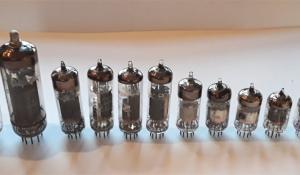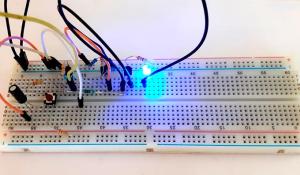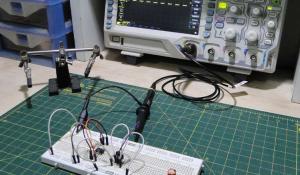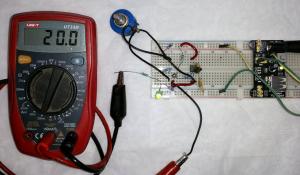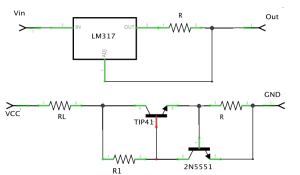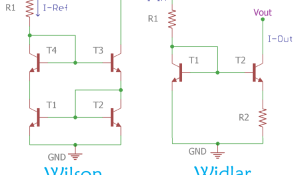Analog Electronics deals with electronic systems that has a continuous variable signal. In this section we will discuss about various analog electronic projects that can be used to design your own amplifiers, oscillators, filters, analog converters, waveform generators and other analog circuits as required by your application.
You might be tempted to dismiss the good old tube as a relic of the past – after all, how can a few pieces of metal in a…
Light fence circuit is used to detect the presence of any human or object in a particular area. The detecting range of Light…
Certification is usually one of the most expensive and tedious stages during the development of a new hardware product. It…
A latch circuit can ‘hold’ the circuit in either on or off state until any external signal is applied to it. Latch circuit…
Capacitors seem all fine till you get to the point where a power supply fails or refuses to perform optimally. And if the…
Sensors are an integral part of any measurement system as they help in converting the real world parameters into electronic…
Mouser Electronics is now stocking the OPA855 decompensated amplifier from Texas Instruments (TI). Designed as a wideband, low-…
Texas Instruments released new small sized current-sense amplifier in a leaded package and small, accurate comparators with an…
There are various resonators that are used for an immense number of applications in the field of Electronics. In those list of…
Just like situations in which we need to regulate the voltage in our designs, there are scenarios where we need to regulate the…
In the previous article, we discussed about Current Mirror Circuit and how it can be built using a Transistor and a MOSFET.…
When an RC phase shift oscillator employs an op-amp in its circuit, it becomes an electronic oscillator with a stable sine wave output. It…

